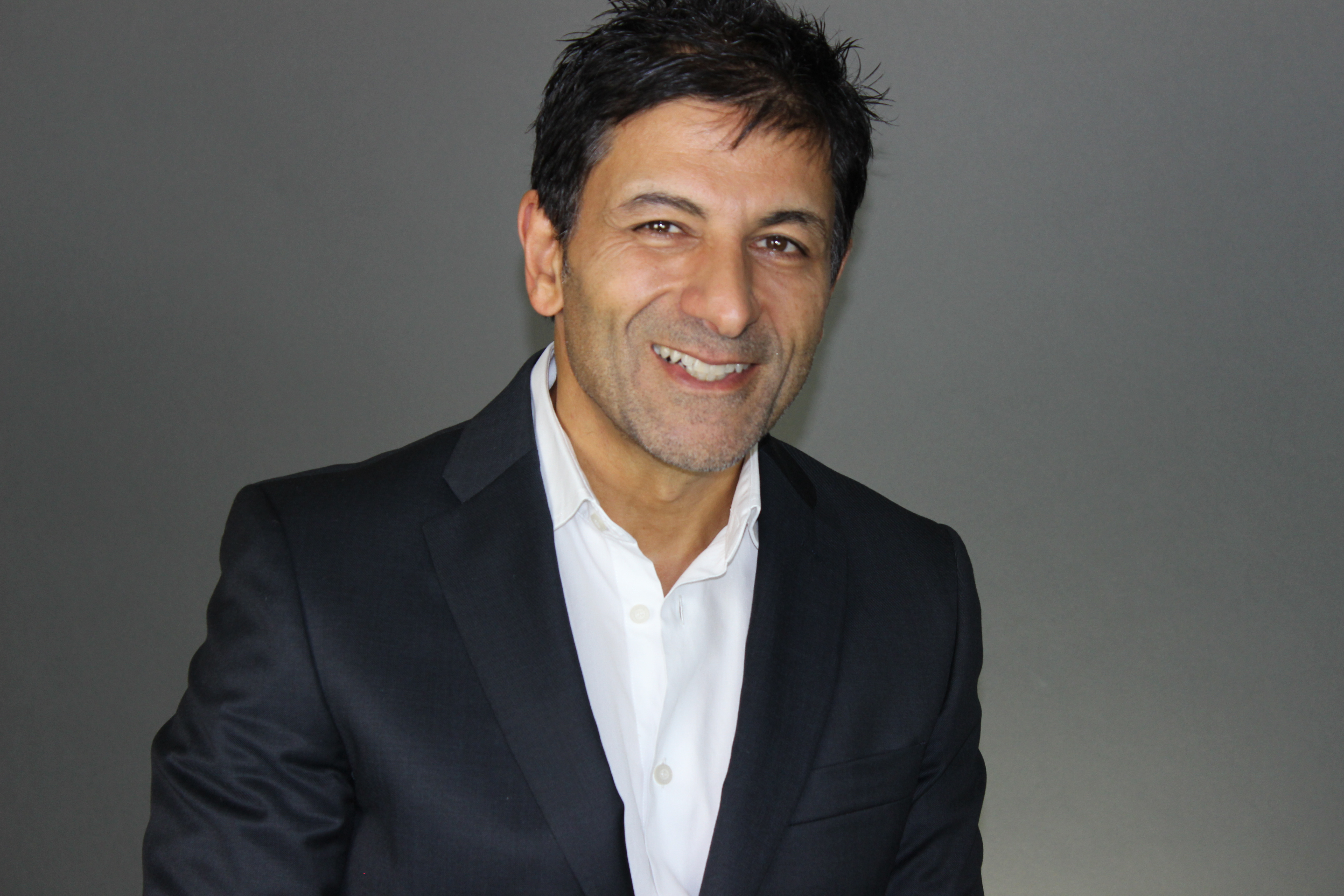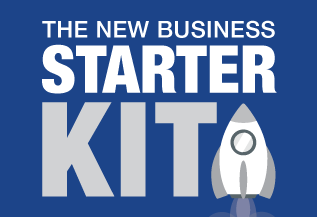How To Protect Your Assets Using a Trust

If you're looking for a way to protect your hard-earned assets and keep more of your money out of the taxman’s hands, a discretionary trust might just be the secret weapon you didn’t know you needed. Think of it like a safety net for your wealth—helping shield your assets from creditors, legal claims, and even those tax bills. Let's break down how discretionary trusts work, why they’re such a powerful tool for business owners and professionals, and how they could save you thousands in tax while keeping your money safe and sound.
A discretionary trust has its own common laws and tax laws. Although it is not a separate legal entity it is treated as a separate entity when it comes to registering for tax. The people who benefit from any distributions made by the trust, the beneficiaries, cannot be held liable for the actions of the trust. The trust owns the assets, which can include running a business and because there are no shareholders, unlike a company, there is no "owner" of the trust. Therefore, no-one can be sued for their ownership of the trust..
A Trust looks like this:

Trustee: Makes decisions about the trust e.g. What to invest in, who to give profits to, etc.
Trust: A legal entity. Can invest in property, shares, off-shore funds, etc.
Beneficiaries: Income from the trust may be distributed to specified beneficiaries..
A simple way of understanding a Trust is to imagine a school teacher that purchases six bags of lollies for her students. She places the lollies in a jar and locks it, keeping the key. The teacher is the legal owner of the lollies and intends to give them to her students over time as and when she decides that they “deserve” to receive them. She decides which of the students in the classroom will receive what type, how many and when. She has complete discretion in relation to that decision.
In this example, the lollies are the assets in the Trust. The school teacher is the trustee. The students are the beneficiaries and because the teacher has complete discretion as to which student(s) are to receive such lollies, the trust is a discretionary trust.
The relationship goes further. The school principal can remove the teacher at any time and replace her with another teacher who then becomes the person who controls the lolly jar. The second teacher becomes the trustee. The school principal has the legal ability to do this because the “rules” enable them to do so – they can even become the teacher thereby taking control of the lollies.
The school principal effectively controls the trust and is known as the "appointor" or sometimes as the “controller”. This is the most important position because they retain ultimate control.
So the trustee (teacher), is the legal owner of the trust fund (lollies) for the benefit of the beneficiaries (classroom of students), and the appointor (school principal) can remove the trustee at any time.
A trust also has significant advantages when it comes to income splitting its profits and legally reducing your tax. i.e. Income can be split between family members so that you average tax rate is significantly reduced.
If a trust is directly controlled by a person as trustee, even though that person does not own any part of the trust, if any lawsuits are taken out on the trust, the trustee (i.e. you) can be held accountable for the actions of the trust and could be sued.
When setting up a Trust, the most important role is the "appointor" otherwise known as the "controller" of the Trust. This person(s) has the ultimate power because they have the power to replace the Trustee of the Trust
To get around this problem a "$2" company is appointed as trustee of the trust.
The Structure We Recommend is:
 You
are the director & shareholder of the company (that owns NOTHING), which means that you control the company.
You
are the director & shareholder of the company (that owns NOTHING), which means that you control the company.
The company is the trustee for the trust (that owns EVERYTHING), therefore, as director of the trustee, you control the trust.
The trust distributes all profits to the beneficiaries, (whom you nominate). i.e. yourself, spouse, children, parents, friends etc.
Because the trustee company is a "$2 company" it is of little use to the litigants to sue the company. You are the appointed director of the trustee company. Therefore, in effect, you control the assets in the trust, but do not own them. All you own in this scenario is the $2 in the company. Therefore:
YOU OWN NOTHING BUT CONTROL EVERYTHING!
The only way the trust can be sued is for something to go wrong inside the trust. For example, if a rental property is owned by the trust and a tenant injures themselves on the property then the assets within the trust are at risk. It is hoped, in this case, the insurance company pays up to satisfy the claim, otherwise the assets in the trust are at risk.
To limit the risk of this happening we recommend you have multiple trusts whereby a few houses, or only one house, is held within each trust. This way if the trust is sued the only assets at risk are those within the trust. Compare this to an individual who may have several houses in their own name. If a claim is made on one of these houses, ALL the assets are at risk. Also, if they are personally sued, all the assets they own are at risk, whereas in the trust they aren't because they aren't owned by the individual.
Your choice of business structure is a very important decision and its not one size fits all. That is why you should always discuss your personal situation with us to make sure the structure you decide on is the right one for your business
As always, don't hesitate to contact us for help so we can help you understand how this applies to your situation..

Chris Tolevsky has over 30 years experience in the medical and allied health fields. He provides expert guidance on tax
strategies, building and protecting wealth . If you’re interested in discussing how we can help you please book a complimentary
consultation.
Disclaimer: This article contains general information only . It is not designed to be a substitute for professional advice and does
not take into account your individual circumstances, so please check with us before implementing this strategy to make sure it is suitable














